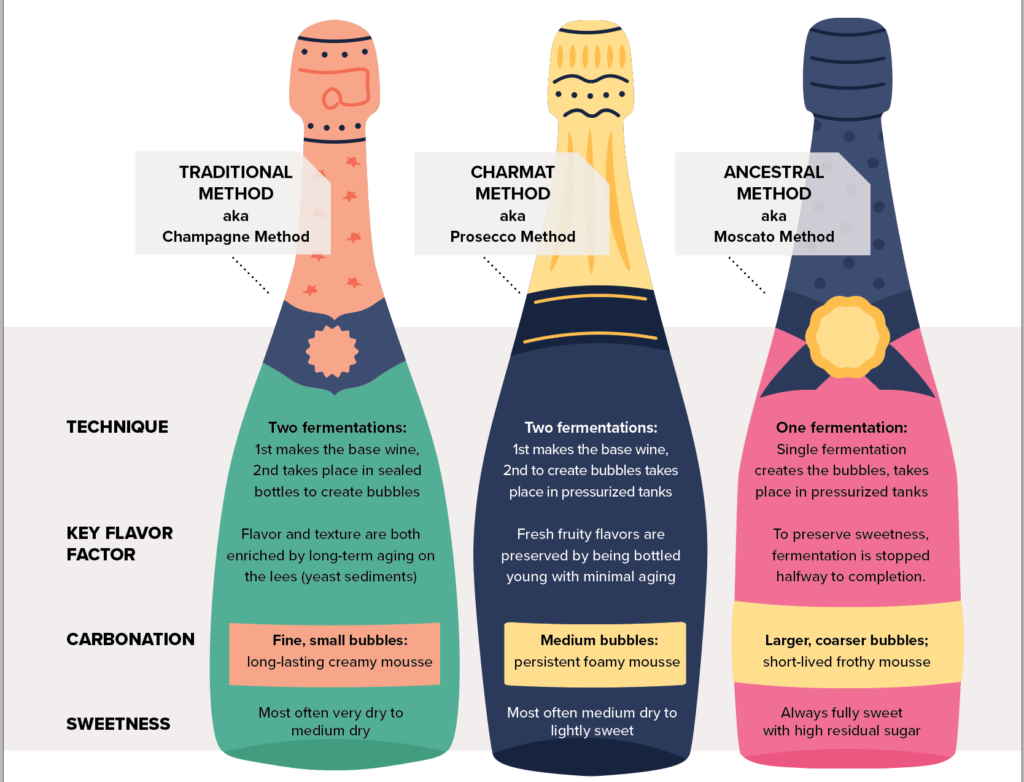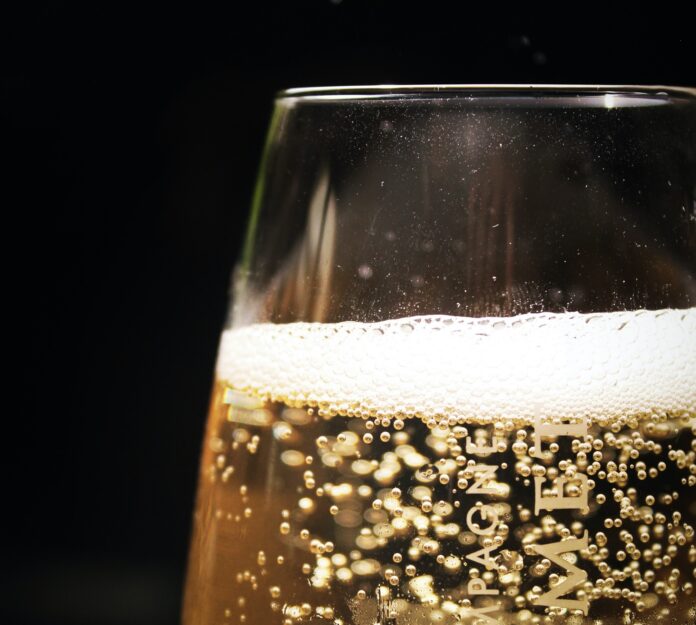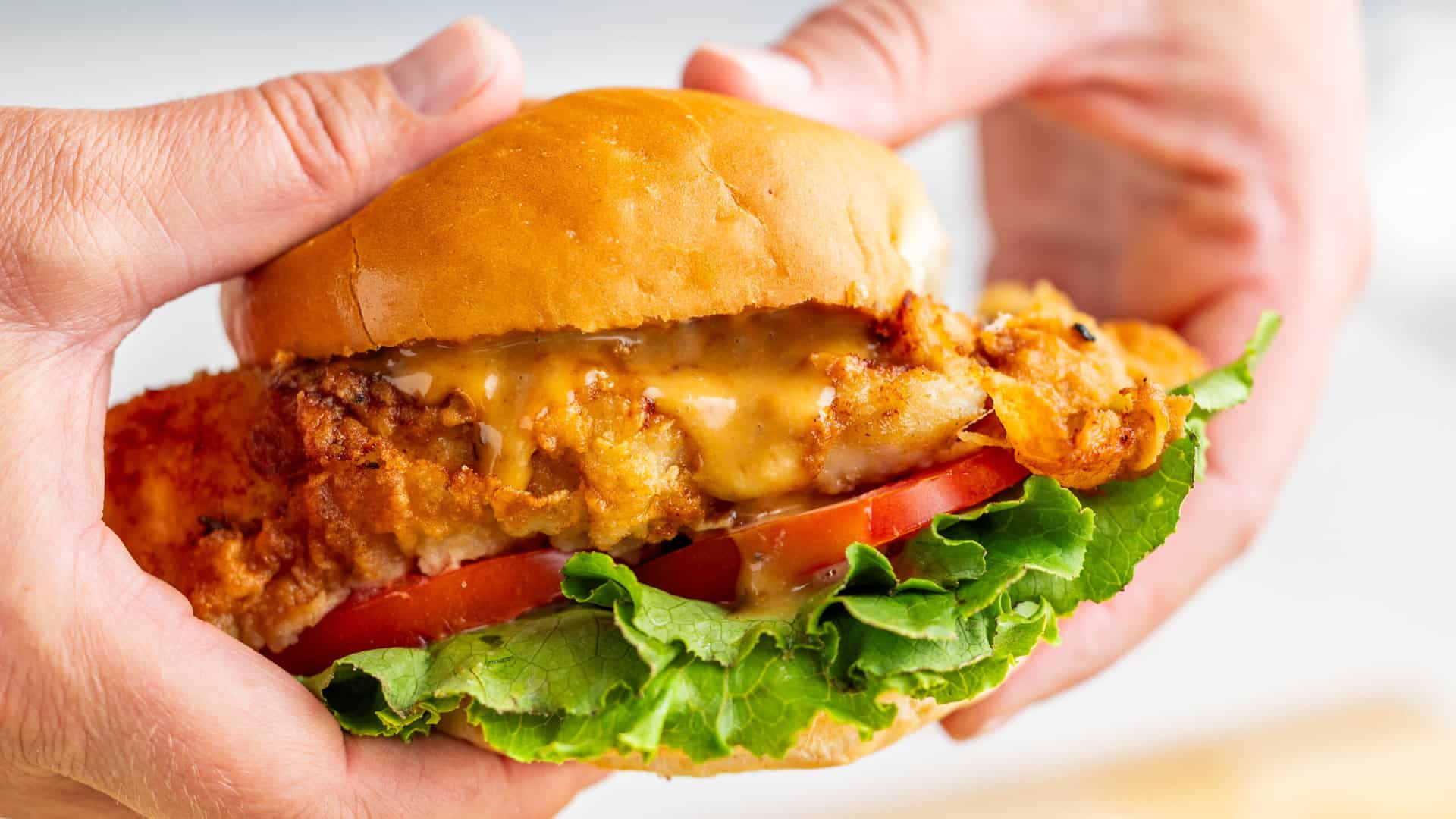All wines are bubbly sooner or later as a result of carbon dioxide is a byproduct of fermenting sugar into alcohol. Nevertheless, this pure carbonation is normally allowed to dissipate, leaving a nonetheless wine behind.
Why? It’s a lot simpler to permit carbon dioxide to flee than to protect it. Discovering a method to protect carbonation is an incredible problem, since wine have to be saved below strain repeatedly at each step of manufacturing, transport and storage.


Whereas wines that “sparkled” have been first commercialized within the sixteenth century, glass bottles sturdy sufficient to face up to the interior strain of a second fermentation weren’t manufactured at scale till the Industrial Revolution. “Glowing wine” as we all know it didn’t catch on till the early nineteenth century, pioneered within the Champagne area of France.
As we speak, nearly all positive glowing wine is made following the procedures developed in Champagne, now known as the “Conventional Methodology,” the place a second fermentation in bottle traps the wine’s carbonation. Extra fashionable strategies that depend on pressurized tanks are used for making less-prestigious sparklers, like Prosecco and Moscato, making them far cheaper to supply.
Function photograph by Marianne Gamet on Unsplash.
Marnie Previous is among the nation’s main wine educators. Previously the director of wine research for Manhattan’s French Culinary Institute, she at present serves as director of vinlightenment for Boisset Assortment and is finest recognized for her visually participating books revealed by DK – the award-winning infographic Wine: A Tasting Course for inexperienced persons and the tongue-in-cheek He Stated Beer, She Stated Wine.
Commercial







